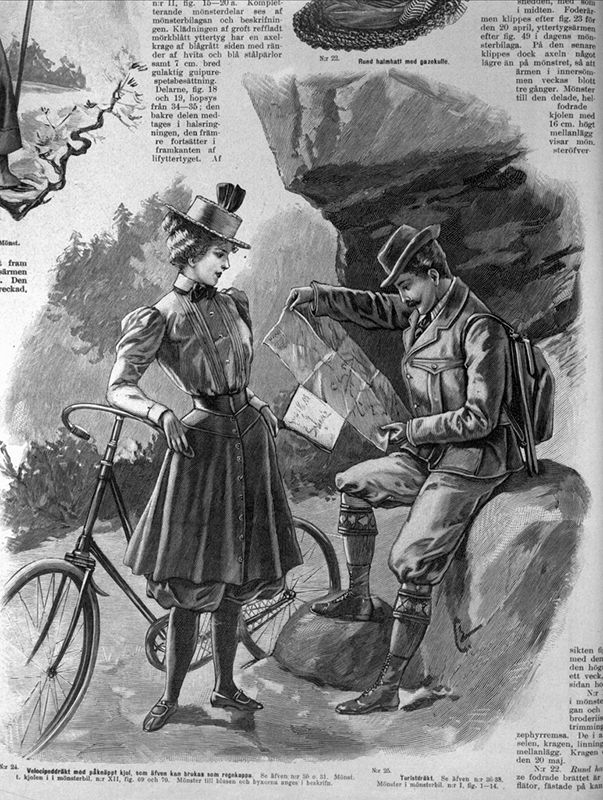Bicycle Touring History and Types
Bicycle touring is one of the most popular types of recreational cycling, providing the drivers with the ability to leisurely drive at their own pace while exploring new areas either near their home or far away. Bicycle touring trips are usually self-contained, with drivers equipping themselves with all the necessary gear and supplies that they will need on the road. This provides them autonomy and freedom of choice to deviate from their predefined routes, which often leads to the exploration of previously unseen areas by the driver, longer multi-day expeditions, or even trips that can last for several years and during which drivers can tour across one or multiple continents.
First examples of touring the countryside with bicycles started in Victorian-era England in the brief window of time when Penny Farthing bicycles and tricycles (often driven only by female cyclists) became a symbol of wealth and status. Many people of that time used bicycles to explore the country side in both solitary and group manner, with some events spanning multiple days. One of the first of such touring events happened in early 1869 when three friends rode from London’s Trafalgar Square to the city of Brighton in 15 hours. Soon after, similar trips became popularized by the journalist who accompanied several of such touring expeditions (with the most popular one being three-day trip from Liverpool to London by the same group of friends). Immediately after that, cycling became popular all around the world, and especially in countries where bicycles were easier to purchase (France, Germany and United States). By the late 1890s, bicycle touring became not only fun pastime, but also area of cycling where people started to compete about distances and time invested into adventurous trips across many countries. For example riders Edward Lunn and F. H. Lowe spent two years and two months while traveling of 19,237 miles across 17 countries. This bicycle touring fever caused the birth of the first touring club in the world called “Bicycle Touring Club” (later known as Cyclists' Touring Club) in 1878.
As the bicycles became cheaper, touring became pastime of not only rich aristocrats but also ordinary people (who saw bicycles as much cheaper alternatives to then expensive automobiles). Many historians and observers from early 1900s noticed that popularization of bicycles in lower classes enabled breaking of old social restraints. By 1930s, bicycle touring became so well organized that many bicycle groups traveled on predetermined destinations that included staying in hotels and visiting exotic tourist attractions. Also, bicycle accessories became easier to manage, enabling cyclist to travel across much larger distances.
After World War II, touring returned to popularity with the introduction of the mountain bikes that were capable to tackle all types of terrains. Many new events were created all around the world, with the original Cyclists Touring Club from England growing to the size of 70 thousand members. Many bicycle touring clubs organize regular yearly events, mostly on holidays.
Modern bicycle touring types cover events such as:
- Full loaded touring
- Ultra-light touring – Mo accessories except credit card
- Lightweight touring – Minimal accessories
- Expedition touring – Often with routes across rough terrains
- Supported touring – Cyclist receive help from supporting motor vehicle
- Mixed Terrain Cycle-Touring
- Day touring – Solo or group riding that can be done in just one day (usually on distances less than 160 km)
- Overnight touring – Cycling expeditions that last less than 24hr but include one sleepover
